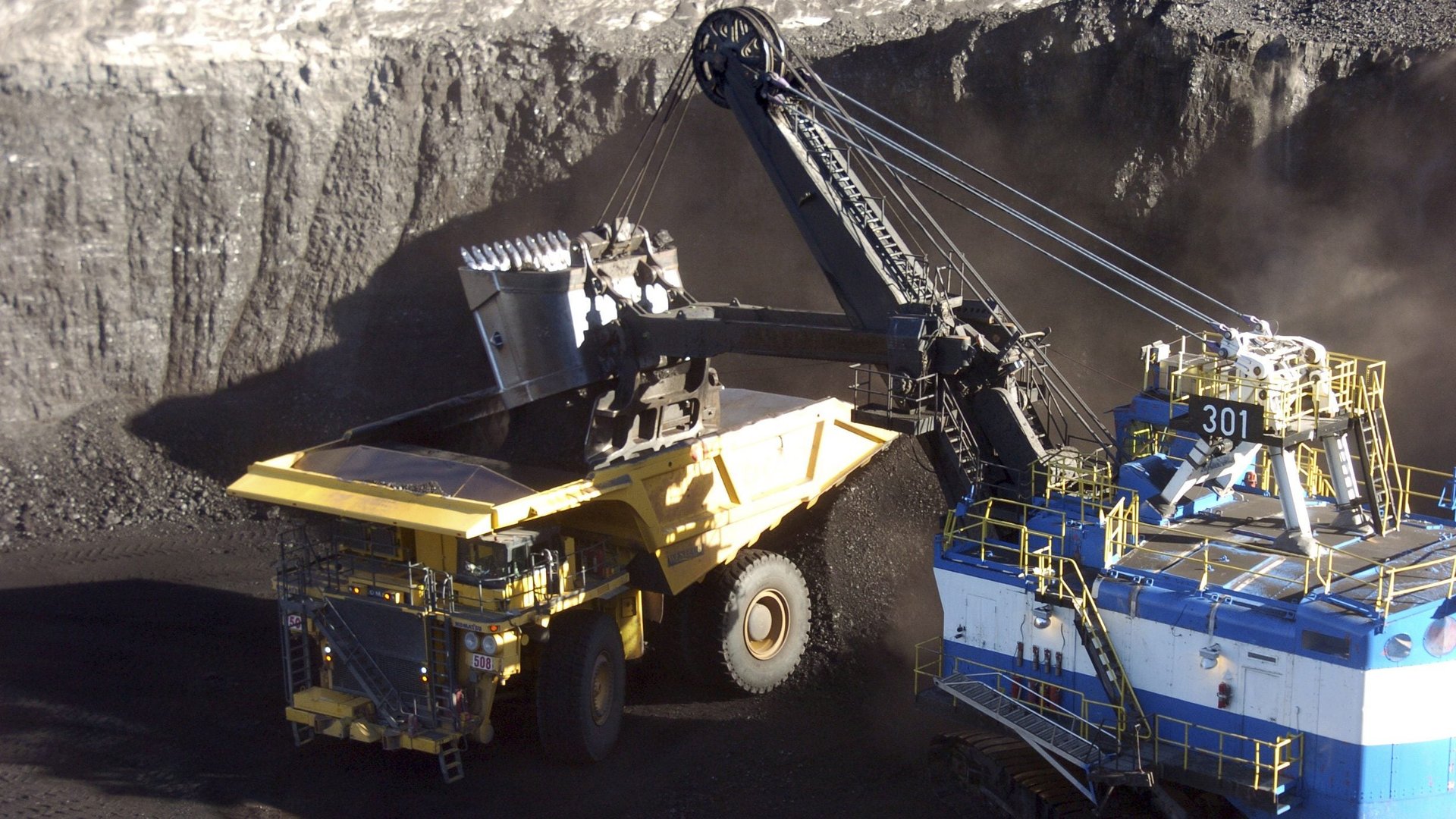Self-driving, 416-ton trucks are hauling raw materials around Australia
Self-driving trucks have begun to hit the roads in the United States, but they’re already hard at work in Australia.


Self-driving trucks have begun to hit the roads in the United States, but they’re already hard at work in Australia.
British mining company Rio Tinto has 73 autonomous behemoths transporting iron ore 24 hours a day in West Angelas, Australia, across four job sites, according to MIT Tech Review. The autonomous fleet is roughly 15% cheaper than one with human drivers.
The trucks, made by Japanese manufacturer Komatsu, weigh 416 tons and use a mix of GPS, radar, and laser sensors to navigate a site. Their job is simple: go to a load site, wait to be filled with iron ore, and then drive to another location. Komatsu estimates that their autonomous trucks have already hauled 1 billion tons of material, mainly in Australia and Chile.
The human team overseeing the robots work 750 miles away, according to MIT Tech Review, far from being able to physically take action should something go wrong.
Autonomous systems have been pitched to mining companies as a safer, cheaper way to operate their business. Mining sites are usually remote and highly regulated already, making them a stable training ground for robots, according to Herman Herman, director of the National Robotics Engineering Center at Carnegie Mellon University.
“The fully automated mine has long since passed the days of concept and evolved into a reality,” Cole Latimer wrote in Australian Mining in 2015. “If the industry is to survive and grow, on this planet and elsewhere, total automation of many of the processes is the way forward.”
Caterpillar, an American Komatsu competitor, says its autonomous trucks provide the same work as a skilled truck driver no matter where the site is located, meaning mining companies don’t need to worry about the quality of local labor in remote mines. The company also points to the trucks’ ability to alert mine staff the second it notices any abnormalities on the site.
However, the fact remains that these machines are replacing well-paying jobs. And mining certainly isn’t the end. While the work sites can be more complex, construction is also fertile ground for automation. Construction inspection might be a first step towards automation in the field, like automatically assessing railway tracks or using drones for building inspections.
“If you look at where we were just three years ago compared to where we are today in construction,” Komatsu America senior project manager Jason Anetsberger tells Construction Dive, ”the trajectory trend is clear for increased automated capability.”